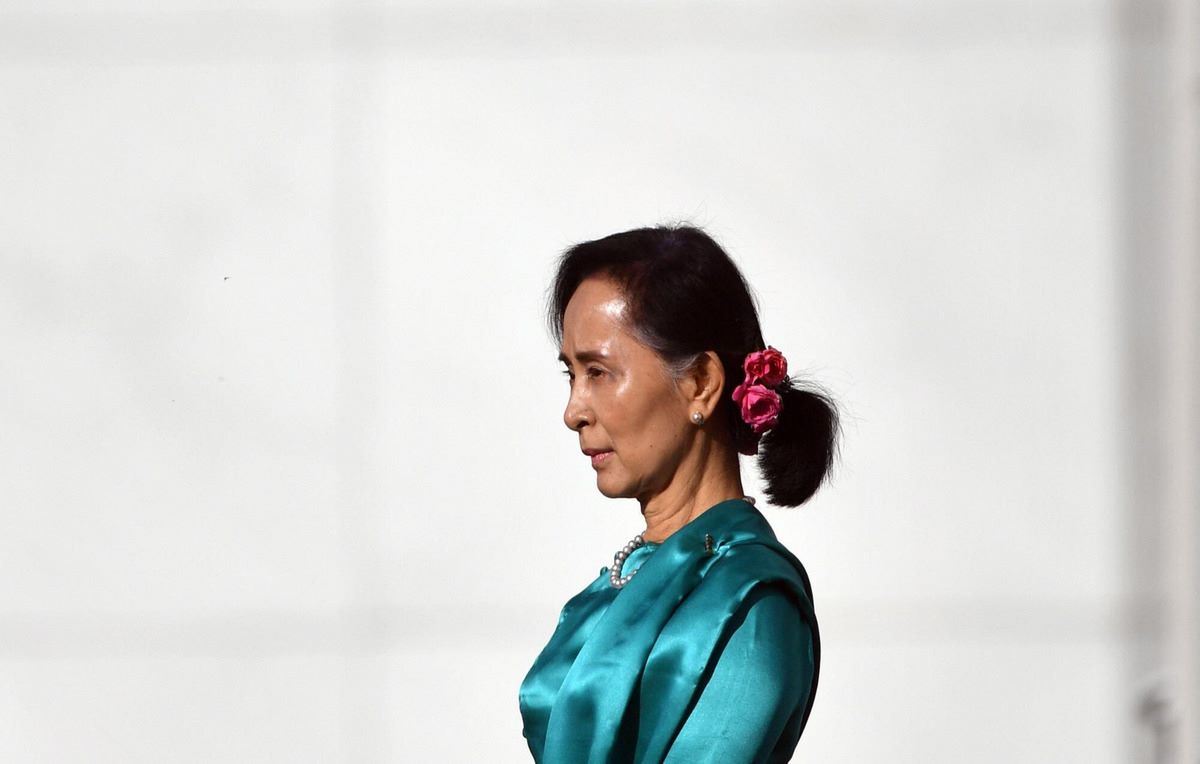
Aung San, often hailed as the father of modern Myanmar, met a tragic end on July 19, 1947. His assassination remains a pivotal moment in the nation's history. But who was behind Aung San's assassination? This question has intrigued historians and citizens alike for decades. The plot involved a mix of political rivalry, power struggles, and betrayal. Understanding the circumstances surrounding his death offers a glimpse into the turbulent times of post-colonial Myanmar. In this blog post, we will delve into the key facts and figures that played a role in this dark chapter. Buckle up as we unravel the mystery behind Aung San's untimely demise.
Aung San: The Father of Modern Myanmar
Aung San, often hailed as the father of modern Myanmar, played a pivotal role in the country's independence from British rule. His assassination remains one of the most significant events in Myanmar's history. Here are some intriguing facts about this tragic event.
-
Aung San was assassinated on July 19, 1947. This date is now commemorated as Martyrs' Day in Myanmar, honoring Aung San and his colleagues who were killed.
-
The assassination took place at the Secretariat Building in Yangon. Aung San and his cabinet members were holding a meeting when gunmen stormed in and opened fire.
-
Nine people were killed in the attack. Alongside Aung San, several prominent leaders of the pre-independence government were also murdered.
The Mastermind Behind the Assassination
The plot to kill Aung San was not a random act of violence. It was a calculated move orchestrated by those who opposed his vision for Myanmar.
-
U Saw, a political rival, was the mastermind. U Saw, a former Prime Minister of British Burma, was arrested and later executed for his role in the assassination.
-
The weapons used were traced back to U Saw. Investigations revealed that the firearms used in the attack were purchased by U Saw from British officers.
-
U Saw's motive was power. He feared losing political influence as Aung San's popularity and vision for an independent Myanmar grew stronger.
The Aftermath and Impact on Myanmar
The assassination of Aung San had far-reaching consequences for Myanmar's political landscape and its journey towards independence.
-
Aung San's death delayed Myanmar's independence. The country was on the brink of gaining independence from British rule, but his assassination caused significant delays.
-
His daughter, Aung San Suu Kyi, became a prominent political figure. Inspired by her father's legacy, Aung San Suu Kyi emerged as a key leader in Myanmar's pro-democracy movement.
-
The assassination led to political instability. The power vacuum created by Aung San's death resulted in internal conflicts and struggles for leadership within the country.
Remembering Aung San
Aung San's legacy continues to be honored and remembered in Myanmar. His contributions to the country's independence and his tragic assassination have left an indelible mark on its history.
- Martyrs' Mausoleum in Yangon commemorates Aung San and his colleagues. This site serves as a place of remembrance for those who sacrificed their lives for Myanmar's independence.
The Lasting Impact of Aung San's Assassination
Aung San's assassination on July 19, 1947, changed Myanmar's history forever. His vision for an independent, unified nation was cut short, leaving a power vacuum and political instability. The loss of this charismatic leader led to decades of military rule and civil unrest.
Aung San's legacy, however, lives on through his daughter, Aung San Suu Kyi, and the ongoing struggle for democracy in Myanmar. His ideals continue to inspire many who seek freedom and justice in the country. Understanding the circumstances and impact of his assassination helps us grasp the complexities of Myanmar's political landscape.
Reflecting on these events reminds us of the importance of strong, visionary leadership and the enduring fight for democratic values. Aung San's dream for Myanmar remains a beacon of hope for future generations.
Was this page helpful?
Our commitment to delivering trustworthy and engaging content is at the heart of what we do. Each fact on our site is contributed by real users like you, bringing a wealth of diverse insights and information. To ensure the highest standards of accuracy and reliability, our dedicated editors meticulously review each submission. This process guarantees that the facts we share are not only fascinating but also credible. Trust in our commitment to quality and authenticity as you explore and learn with us.


